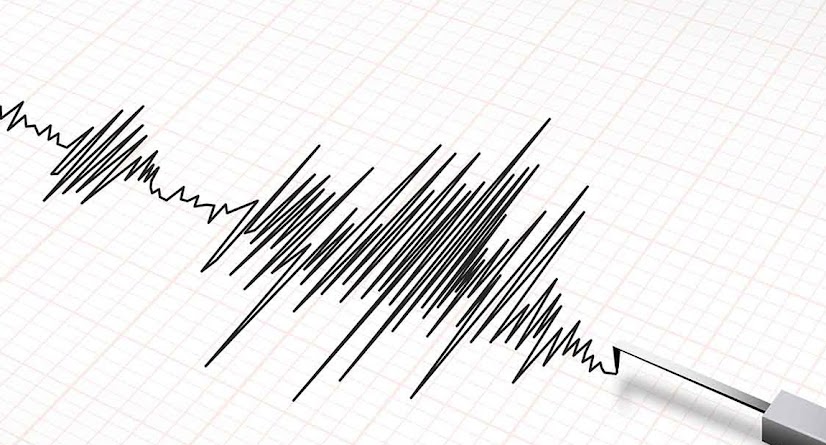 |
| Japan is shaken by a 7.3 magnitude earthquake. Image Credit. |
Late Saturday, a huge 7.3-magnitude earthquake struck off Japan's east coast, shaking the region affected by the horrific 2011 earthquake, tsunami, and nuclear meltdown just weeks before the disaster's tenth anniversary.
The earthquake caused heavy shaking throughout areas of Japan's eastern coast and was felt strongly in Tokyo, but no tsunami warning was issued.
At least 30 people were hurt, according to the Kyodo news agency, but no further information was provided.
Although photographs of a highway landslide were carried on local TV, there were no early reports of severe damage.
The earthquake hit around 11:08 p.m. (1408 GMT) in the Pacific off Fukushima, at a depth of 60 kilometers (37 miles), near the epicenter of the 2011 deadly quake that generated a massive tsunami and killed over 18,000 people, according to Japan's meteorological office.
The earthquake's magnitude was initially given as 7.1 by the agency, however, it was later upgraded upwards. It was an aftershock of the devastating 2011 earthquake, according to the report.
Aftershocks continued to shake the region for hours thereafter, prompting officials to warn locals to be cautious. A small number of people were said to have sought refuge at evacuation centers.
Around 950,000 residences in the impacted area lost power, although no irregularities were recorded at the Fukushima nuclear power facility, which melted down in the wake of the 2011 tsunami.
Prime Minister Yoshihide Suga was summoned to his office, and NHK reported that the government would establish a special contact office to communicate with the impacted areas.
"Everything is messed up."
After midnight, Chief Cabinet Secretary Katsunobu Kato spoke to the media and said that evaluations were underway.
"As far as damage goes, we're examining casualties and structural damage," he added, adding that sections of the bullet train had been suspended owing to power failures.
"At the Fukushima Daiichi nuclear power plant, surveys are being conducted," he stated.
"We've got reports that the Onagawa nuclear power plant and the Fukushima Daichi nuclear power plant are both operating normally," he continued.
Images posted to the internet showed shattered glass in a store and things spilling off grocery shelves.
Yu Miri, a well-known author from Fukushima's Minamisoma city, shared a snapshot of her home on Twitter, which showed books, potted plants, and other items strewn around the floor.
She wrote, "My house in Odaka, Minamisoma city is all screwed up."
"The ground is rumbling. And then there was another tremor "She mentioned an aftershock in a tweet.
Aerial footage broadcast by NHK showed a slope in the Fukushima region collapsing onto a roadway, cutting the route. It was unclear whether anyone was injured.
The quake had a revised magnitude of 7.1 and a depth of 51 kilometers, according to the US Geological Survey.
Japan is located on the Pacific "Ring of Fire," a swath of active seismicity that spans from Southeast Asia to the Pacific Ocean.
The country is prone to earthquakes, and there are strict building codes in place to ensure that structures can resist significant tremors.










0 Comments
please do not enter any spam link in the comment box